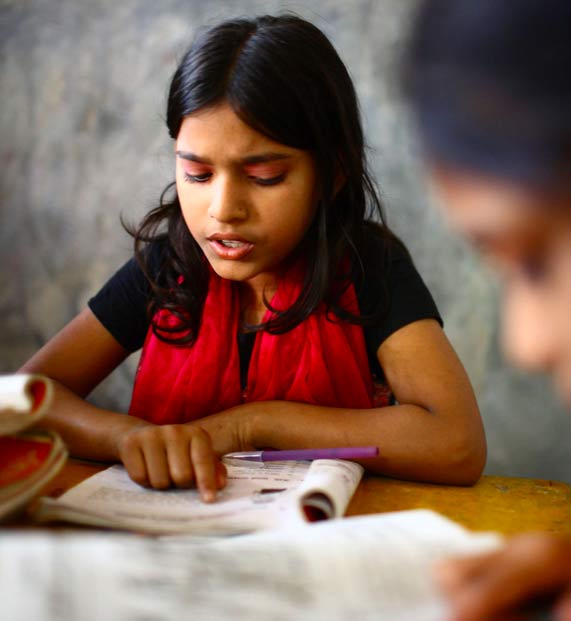|
Kelsang The COVID-19 pandemic has exacerbated the socio- economic inequality throughout the globe, including access to education (via digital modes) in India. We have, in the past, touched upon this topic a few times already, but this blog highlights the lack of access in specific marginalised groups- the ‘Scheduled Tribes’, of India and introduces a recently signed Government program that aims to solve this problem. Who are ‘Scheduled Tribes’ or ‘STs’ in India? The 'Scheduled Tribes' are defined in the Constitution of India, Article 366 (25) as indigenous communities in India sharing certain characteristics like “primitive traits, geographical isolation, distinct culture, economically backward”, etc. Some ‘ST’ communities are more 'modern' and socio- economically 'developed' than others, however all ‘tribes’ of India have their own distinct culture and traditions. Among the more economically ‘backward’ tribes, millions of tribals are geographically distant from the mainstream developed world and thus have little access to quality education and higher income livelihood opportunities, which means there is very little scope of upward class mobility. Unequal access to education Worrying data has been reported from some states that show that around 30% of students from tribal (ST) communities did not have access to online classes since the past year and a half, with remote learning started during COVID-19. In a rapidly developing country like India, this means that the system is leaving behind children from the most marginalised sections of society. What is the government of India doing? In India, there is a special ‘Ministry of Tribal Affairs’ that was set up in 1999 with the objective of providing a more focused approach on the integrated socio-economic development of the Scheduled Tribes (STs) in India. Its schemes include economic, educational and social development that are implemented mainly through the State Governments/ Union Territory Administrations. For ST students, the ‘Eklavya Model Residential Schools’ program was started in the year 1997 to impart quality and holistic education to children belonging to ‘Scheduled Tribes’ in the remote areas of India. Recently, the Ministry of Tribal Affairs signed a MoU with Microsoft to support the digital transformation of schools such as Eklavya Model Residential Schools (EMRS), by introducing more innovative curriculum like AI among ST students, as well as rigorously train teachers across states in India will be trained in a phased manner. Apart from the Eklavya program, other educational schemes for tribal students are the Rajiv Gandhi National Fellowship Scheme (RGNF) for higher education, Vocational Training Center in Tribal Areas and many national and international scholarship schemes.
This month, we saw the observance of the World Indigenous Day, as well as witnessed the stellar performances of members of the Scheduled Tribes of India at the Tokyo Olympics. We envision every child in India having access to quality education and opportunities, so that each community in the diverse land of India can thrive!
0 Comments
Leave a Reply. |
Archives
March 2024
Categories |
21213 SE 42nd Pl.
Issaquah WA 98029
Issaquah WA 98029
Turn the Bus is a registered 501 (c) (3) US nonprofit organization.
© Turn the Bus. All rights reserved.
© Turn the Bus. All rights reserved.


 RSS Feed
RSS Feed
